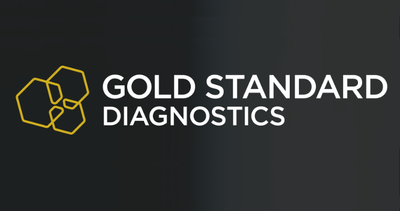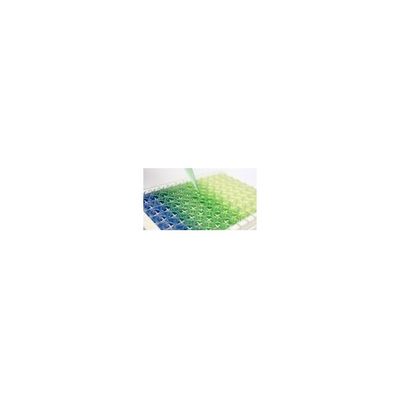

- Home
- Companies
- Gold Standard Diagnostics
- Products
- NovaLisa - Model Adenovirus IgG - ELISA ...

NovaLisa - Model Adenovirus IgG - ELISA Test Kits
The Adenovirus IgG-ELISA is intended for the qualitative determination of IgG class antibodies against Adenovirus in human serum or plasma (citrate, heparin).
Disease
- Infection of the respiratory system Infection of the eye Infection of the urogenital area Other infections: New born enteritis, meningitis
Symptoms
- Cough, runny nose, mucus production, fever
- Foreign body sensation, itching and irritation, redness and edema, photophobi
- Dysuria / Alguria - pain and burning during watering Pollakiuria - Frequent urination with low urine
- Hematuria- presence of red blood cells in the urine
Mechanism of Infection
- Contact with infected material. Infection mainly by droplets and smear. Often in connection with swimming pools (inadequate chlorination).
- Diagnostic Sensitivity: 100.0 % (95%-width of CI: 95.2% .. 100.0%)
- Diagnostic Specificity: 90.91 % (95%-width of CI: 70.84% .. 98.88%)
The qualitative immunoenzymatic determination of specific antibodies is based on the ELISA (Enzyme-linked Immunosorbent Assay) technique.
Microplates are coated with specific antigens to bind corresponding antibodies of the sample. After washing the wells to remove all unbound sample material a horseradish peroxidase (HRP) labelled conjugate is added.
This conjugate binds to the captured antibodies. In a second washing step unbound conjugate is removed. The immune complex formed by the bound conjugate is visualized by adding Tetramethylbenzidine (TMB) substrate which gives a blue reaction product.
The intensity of this product is proportional to the amount of specific antibodies in the sample. Sulphuric acid is added to stop the reaction. This produces a yellow endpoint colour. Absorbance at 450/620 nm is read using an ELISA microwell plate reader.
